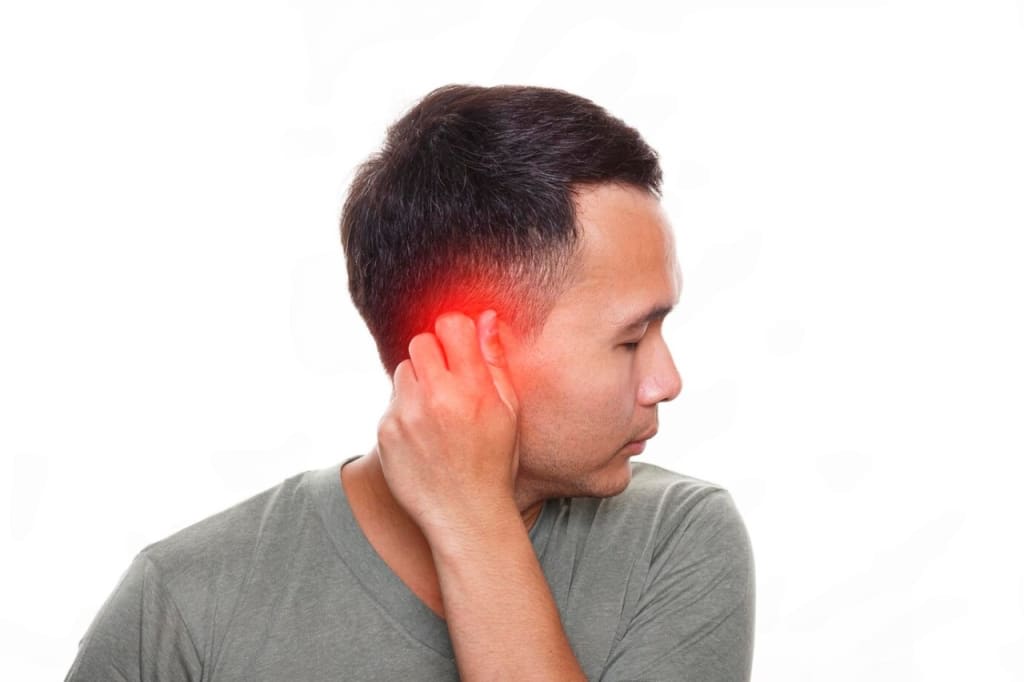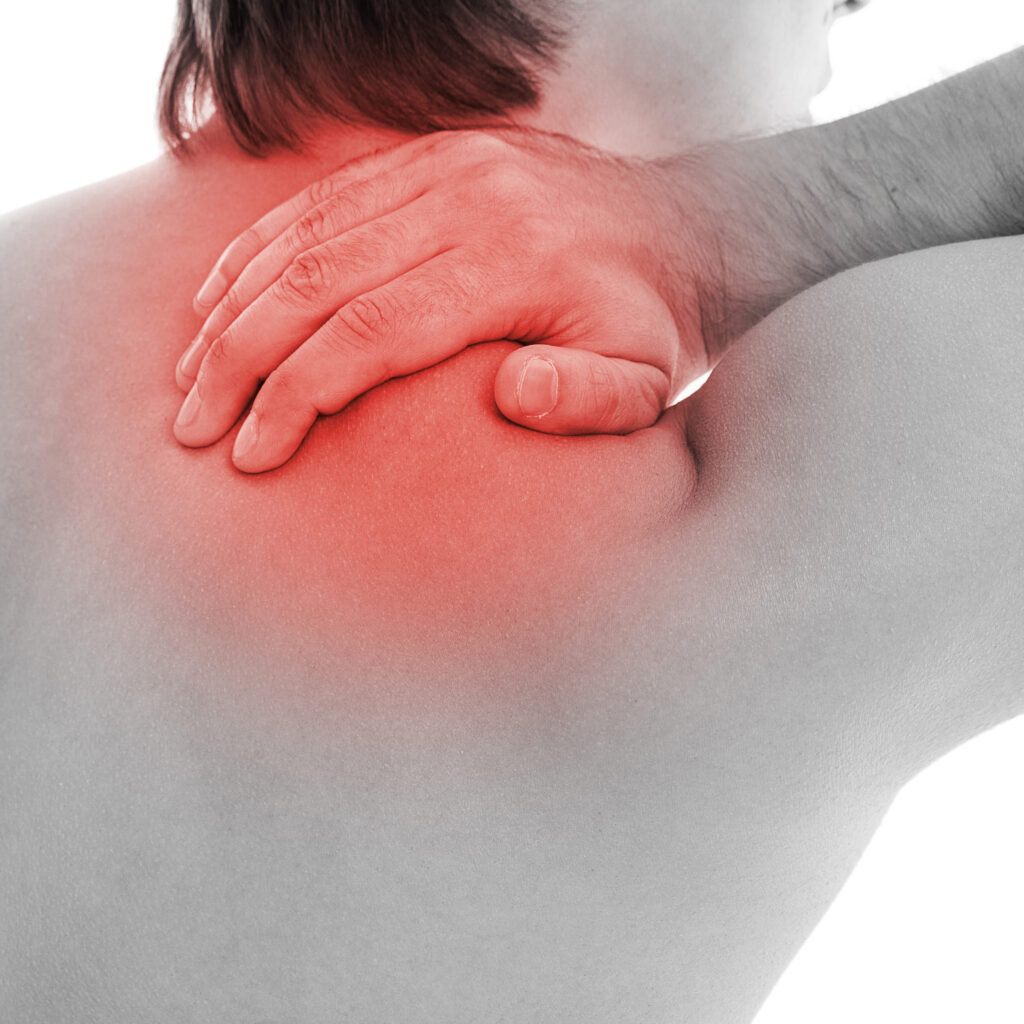When you're faced with a sports injury, knowing how to find relief can be essential for your recovery. You might instinctively reach for the R.I.C.E. method, but there's more to the story. Innovative treatments, like physiotherapy and advanced therapies, can greatly enhance your healing process. Plus, incorporating preventative measures not only minimizes future risks but also keeps your performance at its peak. However, there's an often-overlooked aspect of recovery that can make all the difference—one you might not have considered yet. Let's explore what that could mean for your journey.
Understanding Common Sports Injuries
Sports injuries can happen to anyone, whether you're a weekend warrior or a professional athlete. Understanding the common types of sports injuries is essential for prevention and recovery.
One of the most frequent injuries you might encounter is a sprain, which occurs when ligaments stretch or tear. This often happens during sudden twists or falls, especially in activities like basketball or soccer.
Another common injury is a strain, affecting muscles or tendons. You might feel this if you push your body too hard or don't warm up properly, especially in sports like running or weightlifting.
Fractures, or breaks in the bone, can occur as well, particularly during contact sports such as football or hockey. These injuries often require immediate medical attention and can sideline you for an extended period.
Overuse injuries are also prevalent. Conditions like tendonitis or stress fractures develop gradually, often due to repetitive movements without adequate rest. If you're not careful, these can become chronic issues that hinder your performance.
In addition, you should be aware of concussions, which are brain injuries caused by a blow to the head. Symptoms can range from headaches to confusion, and they require careful monitoring.
Immediate Care Techniques
When you face a sports injury, knowing how to act quickly can make all the difference.
You should get familiar with the R.I.C.E. method, pain management strategies, and how to use compression and elevation techniques effectively.
These immediate care techniques can help reduce pain and speed up your recovery.
R.I.C.E. Method Overview
In the heat of an injury, applying the R.I.C.E. method—Rest, Ice, Compression, and Elevation—can greatly speed up your recovery.
First, give your body the rest it needs. Avoid using the injured area to prevent further damage. This might mean taking a break from your usual activities or sports, so listen to your body.
Next, apply ice to the affected area. This helps reduce swelling and numbs the pain. You should aim for 15-20 minutes of icing every hour, especially within the first 48 hours after the injury. Just remember to wrap the ice pack in a cloth to protect your skin.
Compression follows. Use a bandage or wrap to apply gentle pressure around the injury. This helps control swelling and provides support. Be careful not to wrap too tightly, as it can cut off circulation.
Finally, elevate the injured area above your heart. This reduces blood flow to the injury, minimizing swelling. Try to keep it elevated whenever you sit or lie down.
Pain Management Strategies
After you've applied the R.I.C.E. method, the next step involves managing the pain associated with your injury. You can use several immediate care techniques to help alleviate your discomfort.
First, consider over-the-counter pain relievers like ibuprofen or acetaminophen. These can effectively reduce pain and inflammation, allowing you to feel more comfortable as you heal. Always follow the recommended dosage and consult a healthcare professional if you have any questions.
Another option is to apply heat or cold to the affected area. While ice is essential in the early stages to minimize swelling, heat can help relax tense muscles and ease pain during recovery. Just make sure not to apply heat too soon after an injury, as it might exacerbate swelling.
Additionally, gentle stretching and range-of-motion exercises can help maintain flexibility and reduce stiffness. Listen to your body; don't push through severe pain.
If your pain persists or worsens, seek medical advice. Taking proactive steps now can lead to a smoother recovery and help you get back to your favorite activities sooner.
Compression and Elevation Techniques
Two essential techniques for managing sports injuries are compression and elevation. When you experience a sprain, strain, or any other injury, these methods can greatly reduce swelling and aid in your recovery.
Let's break down how to implement them effectively.
- Compression: Use an elastic bandage or compression wrap to apply gentle pressure to the injured area. This helps control swelling and provides support.
- Elevation: Raise the injured body part above heart level. This aids in reducing blood flow to the area, minimizing swelling.
- Timing: Apply compression and elevation as soon as possible after the injury occurs. The sooner you act, the better your chances for a quicker recovery.
- Duration: Keep the compression on for 24-48 hours, and elevate regularly, especially during resting periods.
Innovative Treatment Options
When dealing with sports injuries, exploring innovative treatment options can make a significant difference in your recovery.
You'll find that advancements in physiotherapy, imaging technologies, and regenerative medicine offer fresh approaches tailored to your needs.
Let's break down how these techniques can enhance your healing process and get you back in the game faster.
Physiotherapy and Rehabilitation Techniques
Innovative physiotherapy and rehabilitation techniques are transforming how athletes recover from injuries, offering tailored solutions that enhance healing and performance.
These methods focus on not just treating the injury but also improving your overall functional capacity. You'll find that personalized programs can help accelerate your return to the field while minimizing the risk of re-injury.
Here are some innovative techniques you might consider:
- Manual Therapy: Hands-on techniques that relieve pain and restore mobility.
- Dry Needling: A technique that targets trigger points to alleviate muscle tension and pain.
- Aquatic Therapy: Utilizing water's buoyancy to ease movement and enhance recovery.
- Functional Movement Screening: Evaluating your movement patterns to identify weaknesses and prevent future injuries.
Advanced Imaging Technologies
Advanced imaging technologies are revolutionizing the way sports injuries are diagnosed and treated, allowing for greater precision in identifying the underlying issues. With tools like MRI, CT scans, and ultrasound, you can obtain detailed images of your muscles, ligaments, and bones, helping your healthcare provider pinpoint the exact nature of your injury.
These advanced imaging techniques enable you to receive a more accurate diagnosis, which is essential for effective treatment. For instance, an MRI can reveal soft tissue injuries that X-rays might miss, ensuring you don't overlook significant damage. This clarity helps in creating a tailored treatment plan, optimizing your recovery process.
Moreover, real-time imaging, such as ultrasound, can guide injections or other interventions, ensuring they're precisely delivered to the affected area. This minimizes recovery time and enhances the effectiveness of treatments.
Incorporating advanced imaging into your care not only accelerates recovery but also increases your confidence in the treatment plan. By understanding the root cause of your injury, you can work more effectively with your healthcare team to return to your sport stronger and more resilient.
Embracing these technologies can truly make a difference in your healing journey.
Regenerative Medicine Approaches
Regenerative medicine is transforming the landscape of sports injury treatment by harnessing the body's natural healing processes. By utilizing advanced techniques, you can speed up recovery and enhance your overall performance.
These innovative approaches focus on repairing and regenerating damaged tissues, allowing you to return to your favorite activities more effectively.
Some exciting regenerative medicine options include:
- Platelet-Rich Plasma (PRP) Therapy: This treatment involves injecting your own concentrated platelets to stimulate healing in injured areas.
- Stem Cell Therapy: Harnessing the power of stem cells can help regenerate damaged tissues and promote healing in chronic injuries.
- Prolotherapy: This technique involves injecting irritants into injured tissues, encouraging the body to heal itself and strengthen ligaments and tendons.
- Exosome Therapy: Utilizing exosomes derived from stem cells, this therapy promotes tissue repair and reduces inflammation.
These cutting-edge treatments aren't just for elite athletes; they're accessible to anyone looking to recover from sports injuries.
Rehabilitation Strategies
Rehabilitation strategies play an essential role in your recovery from sports injuries, ensuring you regain strength, flexibility, and function. After an injury, the right approach can make all the difference in how quickly and effectively you bounce back.
Start by evaluating your specific injury and understanding its implications on your body. This knowledge allows you to tailor your rehabilitation plan to your unique needs.
One effective strategy is to gradually introduce range-of-motion exercises. These exercises help maintain joint mobility and prevent stiffness while allowing your body to adapt to movement without overexertion.
Once you feel comfortable, you can begin implementing strength training exercises. Focus on rebuilding the muscles surrounding the injured area, as this will provide stability and support.
Incorporating balance and proprioception exercises is also vital. These activities enhance your body awareness and coordination, reducing the risk of re-injury.
As you progress, you can integrate sport-specific drills that simulate the movements you'll perform during your activities. This step helps prepare your body for a safe return to your sport.
Remember to listen to your body throughout the rehabilitation process. If you experience pain or discomfort, adjust your activities accordingly.
Consistency is key, so stick to your rehabilitation routine and keep track of your progress. By following these strategies, you'll set yourself up for a successful recovery and return to your sport stronger than before.
Role of Physical Therapy
Physical therapy plays an essential role in your recovery from sports injuries, guiding you through each step of the healing process. When you experience an injury, a physical therapist helps you regain strength, flexibility, and function, ensuring you return to your sport safely. They assess your condition and design a personalized treatment plan that caters to your unique needs.
Here are some key benefits of physical therapy for sports injuries:
- Pain Management: Physical therapists use various techniques, such as manual therapy and modalities like ultrasound, to reduce pain and inflammation.
- Improved Mobility: They'll help you restore your range of motion through targeted exercises and stretches, enabling you to move freely without discomfort.
- Strength Building: A therapist will guide you in strength training exercises tailored to your injury, helping you rebuild muscle and prevent future injuries.
- Education and Prevention: You'll learn about proper body mechanics and techniques to avoid re-injury, empowering you to make informed decisions during your recovery.
Throughout your physical therapy journey, you'll receive ongoing support and encouragement, which is vital for maintaining motivation.
Preventative Measures for Athletes
Injury recovery is only one part of an athlete's journey; preventing injuries is equally important for long-term success in sports. To keep yourself in peak condition, you need to adopt a proactive approach.
First, focus on proper warm-up and cool-down routines. Engaging in dynamic stretches before your activity increases blood flow to your muscles, while static stretches post-workout improve flexibility.
Next, pay attention to your technique. Whether you're running, lifting weights, or playing a sport, ensuring proper form can notably reduce your risk of injury. Consider working with a coach or trainer who can provide feedback on your movements. They can help you identify areas for improvement and prevent bad habits that could lead to injuries.
Cross-training is another effective preventative measure. By incorporating different types of exercises into your routine, you can strengthen various muscle groups and avoid overuse injuries. For example, if you're a runner, try adding swimming or cycling to your regimen.
Moreover, listen to your body. If you're feeling pain or discomfort, don't push through it. Taking rest days is essential for recovery and can help prevent more serious injuries down the line.
Finally, maintain a balanced diet and stay hydrated; proper nutrition fuels your body and supports muscle recovery.
Mental Health and Recovery
How do you navigate the emotional landscape of recovery after a sports injury? Understanding that this journey isn't just physical is essential. The mental health aspect can often be overlooked, yet it plays a significant role in your overall recovery.
Emotions like frustration, anxiety, or even depression may surface as you cope with limitations. Recognizing these feelings is the first step toward healing.
Here are some strategies to support your mental health during recovery:
- Stay Connected: Reach out to teammates, friends, or family. Sharing your thoughts can alleviate feelings of isolation.
- Set Realistic Goals: Break your recovery into manageable milestones. Celebrate small victories to keep your motivation high.
- Practice Mindfulness: Techniques like meditation or deep breathing can help reduce stress and improve your focus on recovery.
- Seek Professional Help: If you find your emotions overwhelming, don't hesitate to consult a mental health professional. They can provide valuable coping strategies.
Conclusion
In summary, finding relief from sports injuries involves a balanced approach that combines immediate care with innovative treatments. By understanding common injuries and employing techniques like R.I.C.E., you can address issues promptly. Engaging in physical therapy and adopting preventative measures is essential for minimizing future risks. Don't forget the importance of mental health during your recovery journey; it plays a significant role in your overall well-being. Prioritize your health, and you'll get back to your game stronger than ever.



